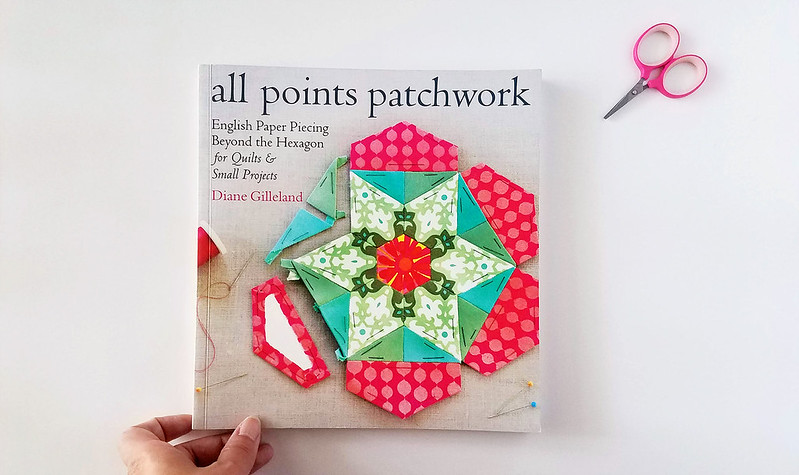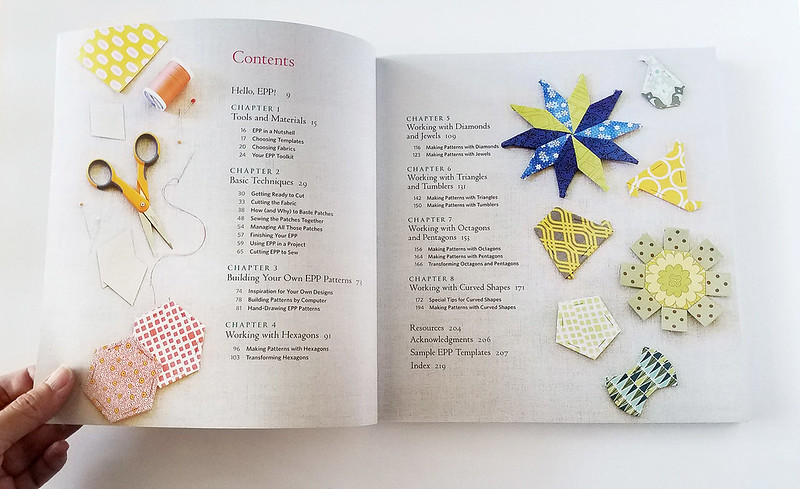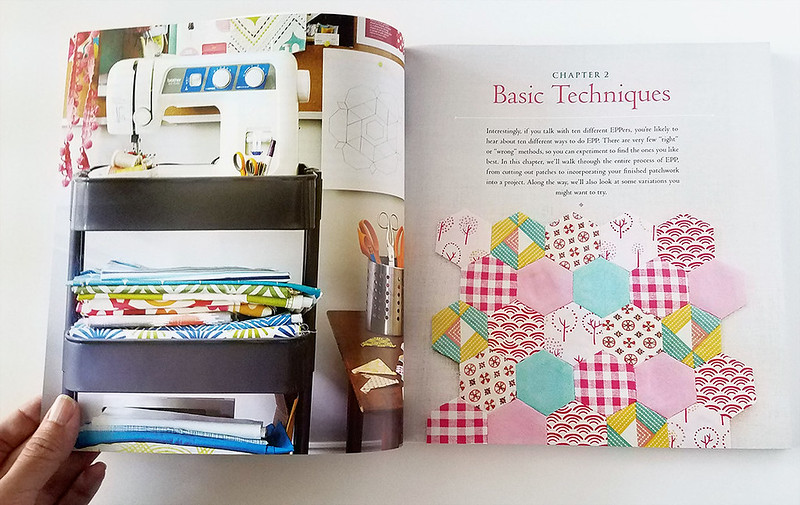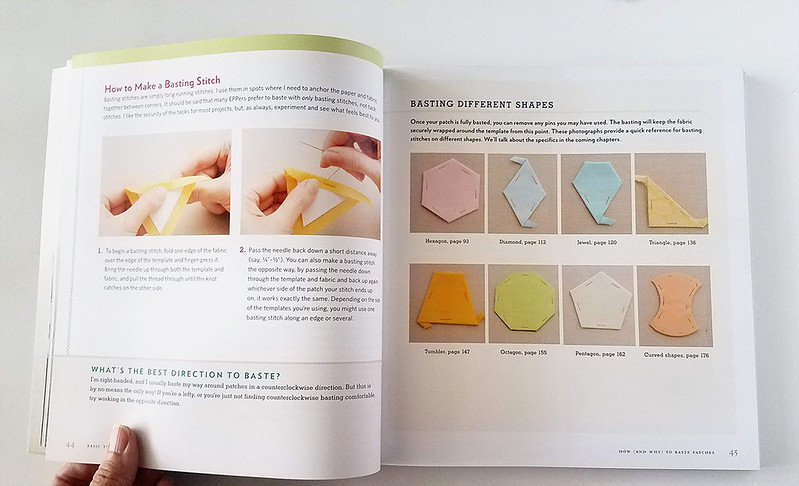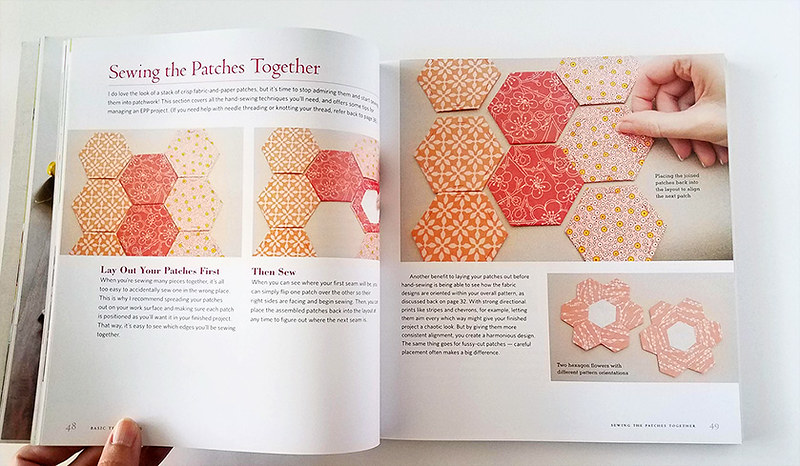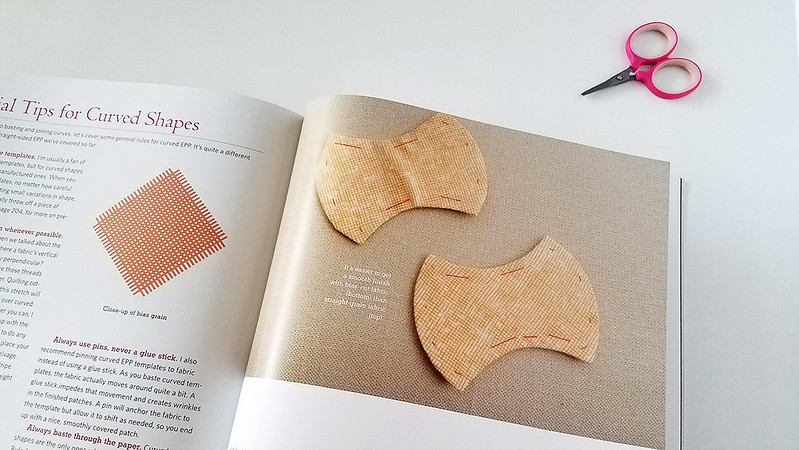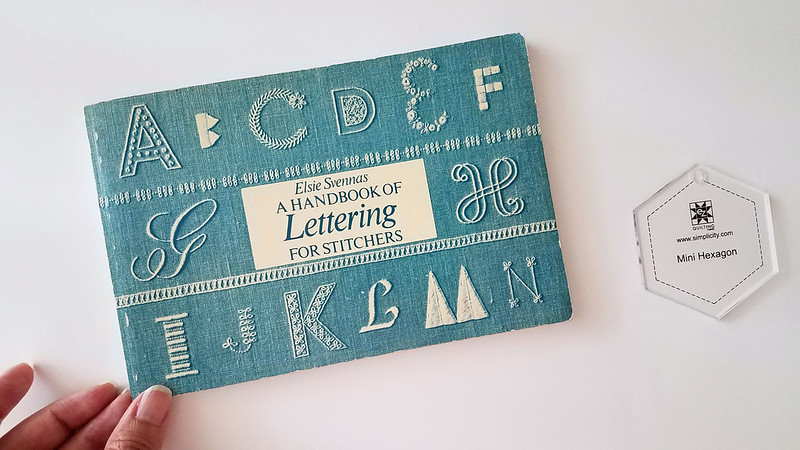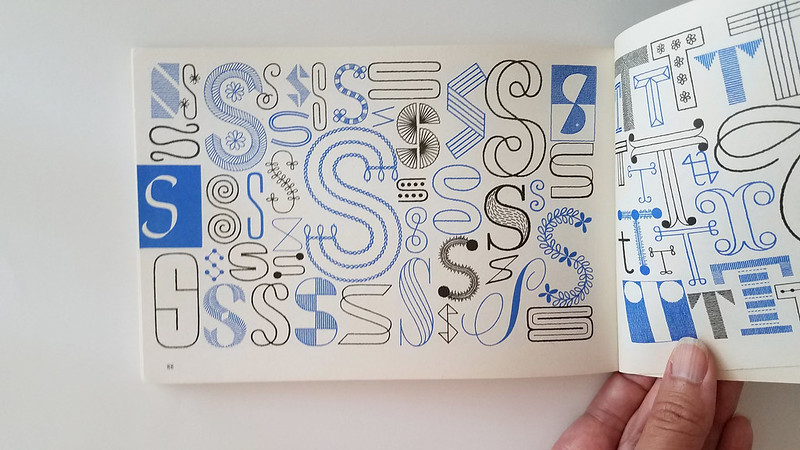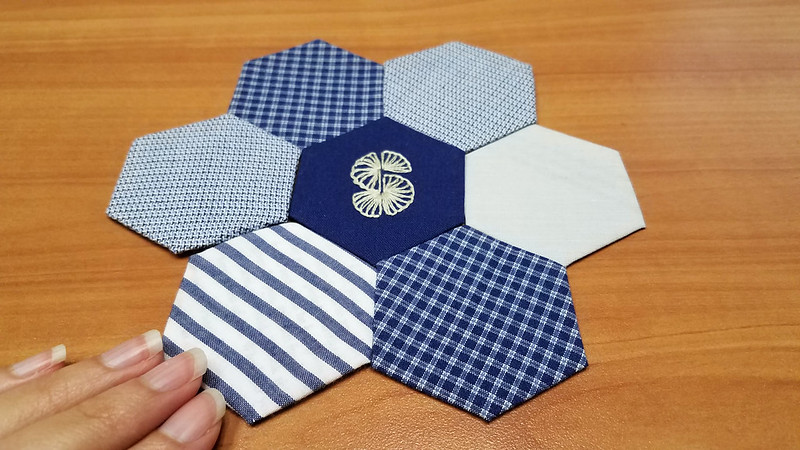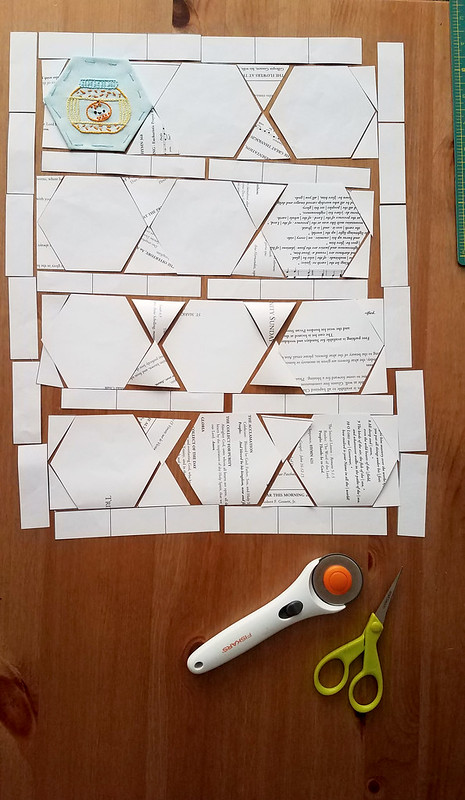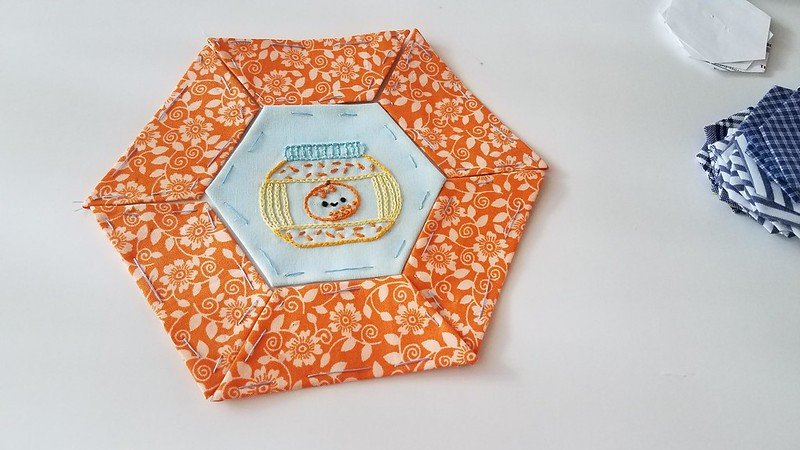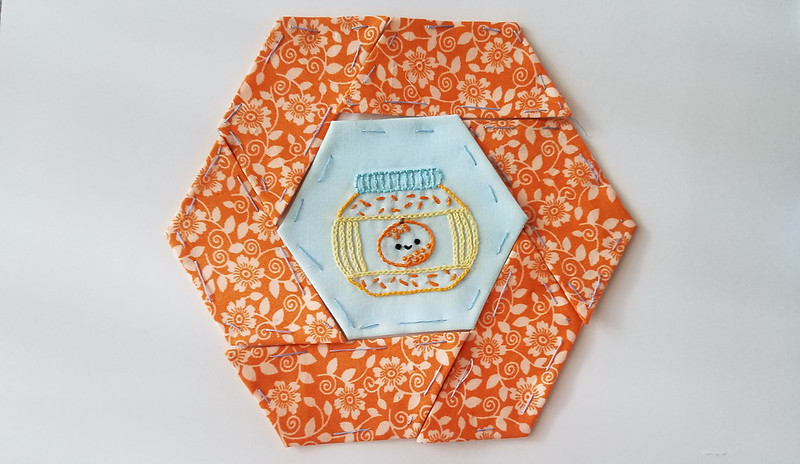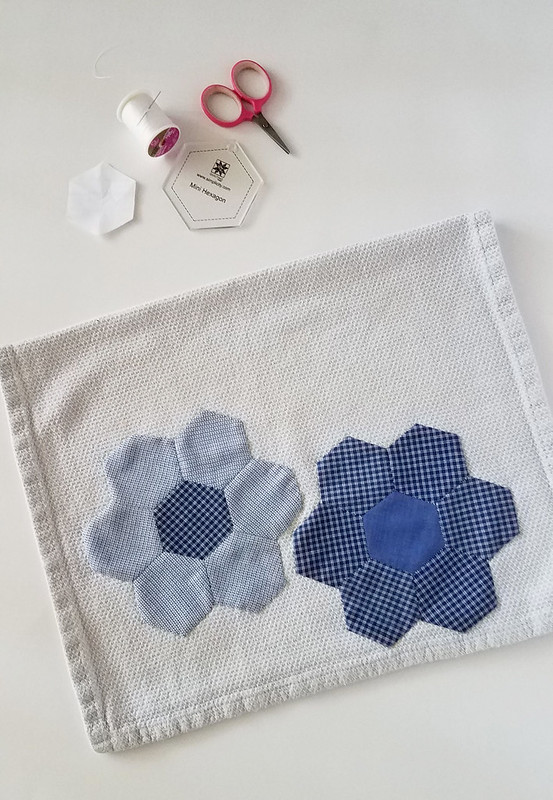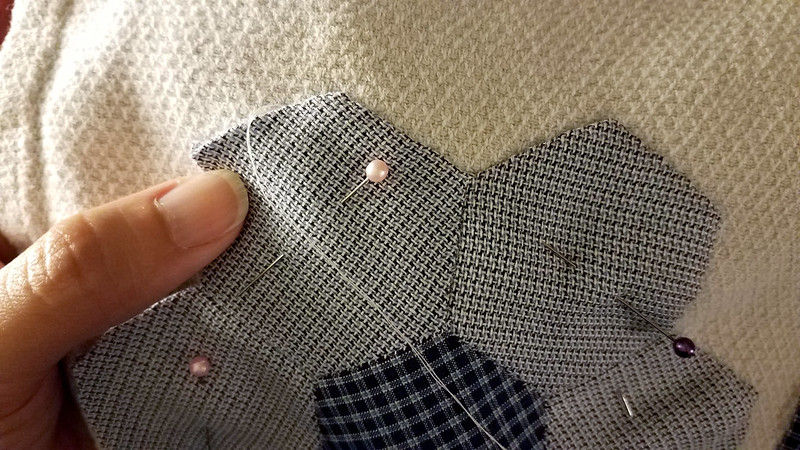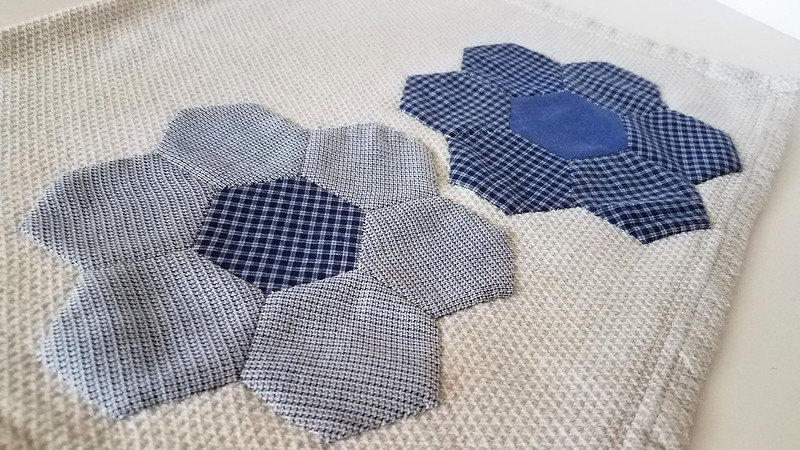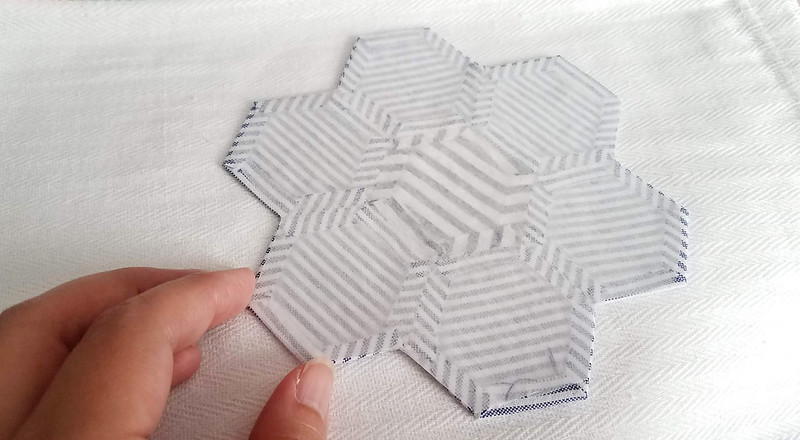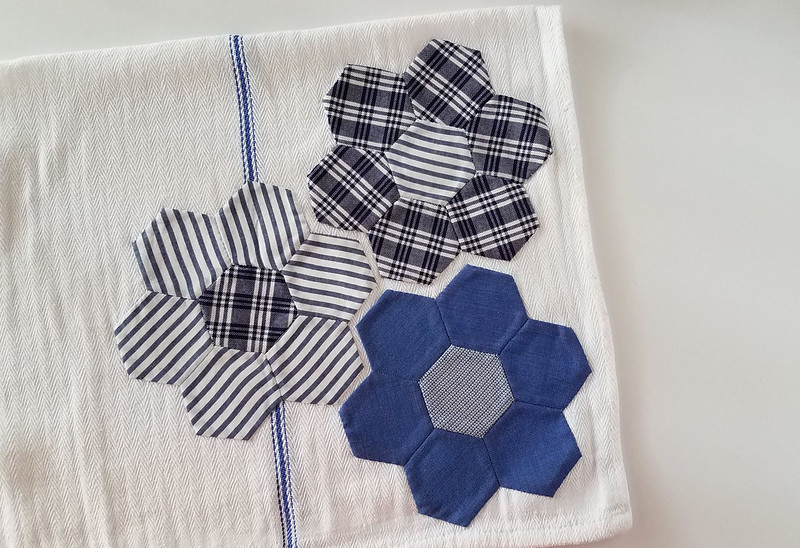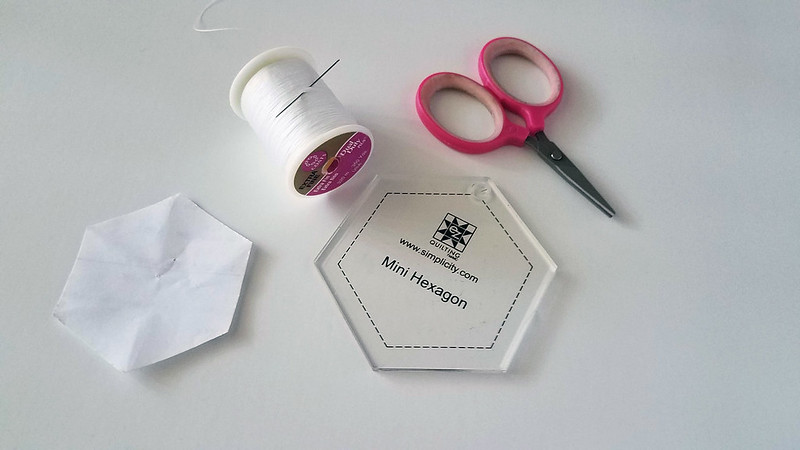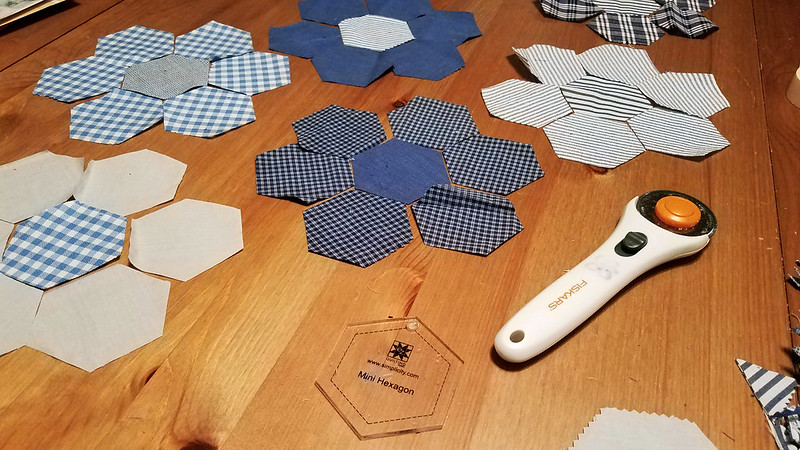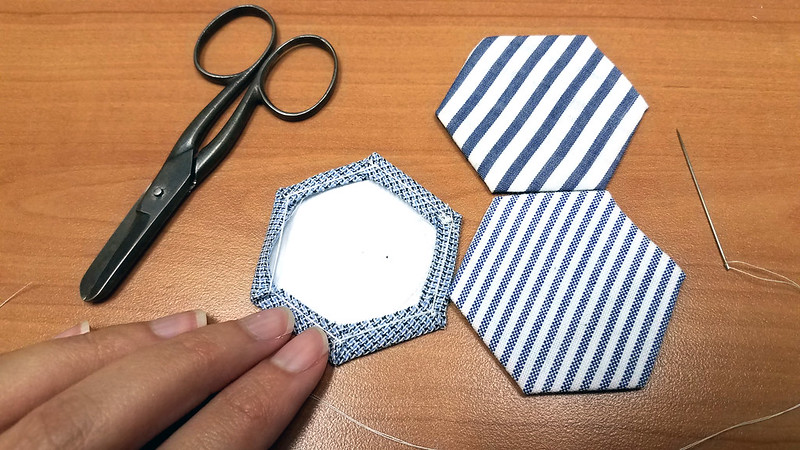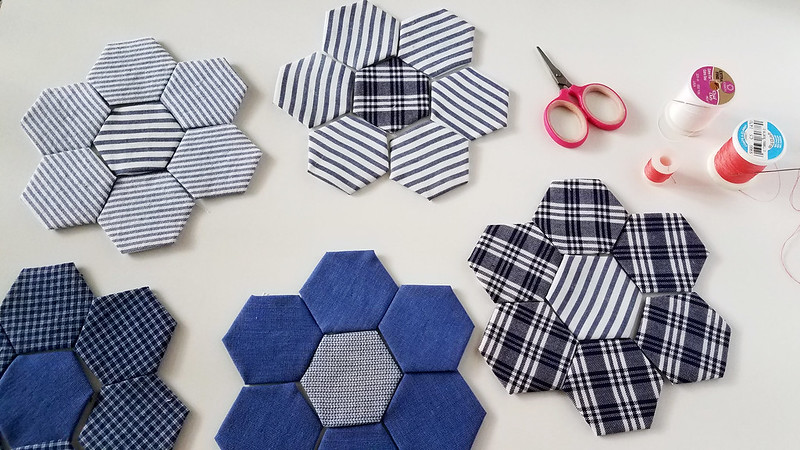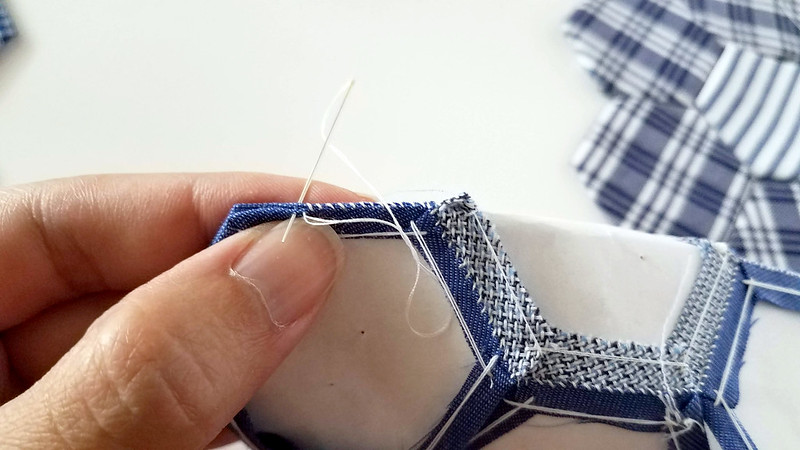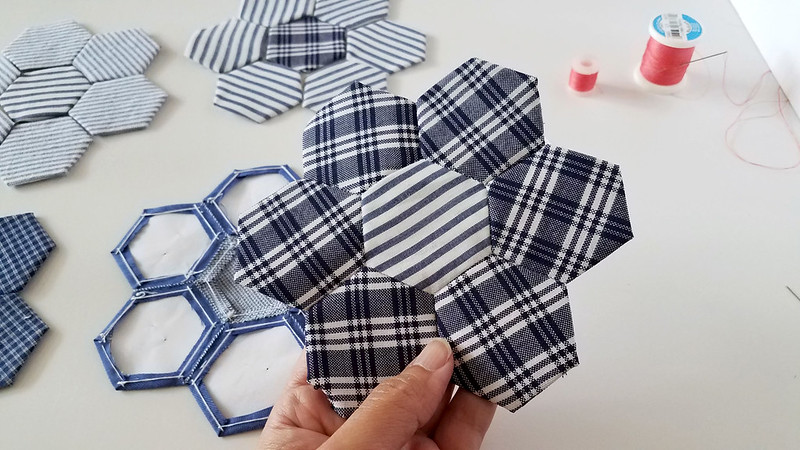Today I'd like to feature a wonderful book by Diane Gilleland called All Points Patchwork: English Paper Piecing beyond the Hexagon for Quilts & Small Projects. This is a book I purchased myself, and I wanted to share it with you because it is an amazing resource for English paper piecing!
Just so you know, the book link is an Amazon Affiliate link - clicking through the link and buying costs no more for you and is one way to support our volunteer reviews.
Here on Feeling Stitchy, we've been fortunate to receive many books to review over the years. Each one felt like a gift - and I will always be grateful to the authors and publishers who have shared the fruits of their hard work with us. This is not a book we received for review, but it definitely deserves a spotlight, both for the hard work of the author and the absolute gorgeousness of this book. I think it's so gorgeous - I'm giving away 2 copies!
A look at the book
I've seen many craft books over the past 13 years of craft blogging, I think I need to say this is the most beautiful craft book I have ever seen!One of my favorite kinds of craft books is the kind that is full of life-sized images of fabrics and tools and projects - you know, the ones that make you feel like you could reach out and grab anything on the page?
The photos in this book are all like that!
Everything is so well laid out and explained - there's nothing intimidating or scary about the process - you get the feeling you are crafting with a a really patient, wonderful friend...
And the colors!
Everything just sings in this book - you get a sense of Diane's natural eye for color and print and texture.
Hexagons, diamonds, jewels, triangles, tumblers, octagons, pentagons, and curved shapes like apple cores and clamshells - this book has sections dedicated to every EPP shape you can think of, with careful explanations of how to baste each and every one...
I love how the author also takes the time to explain the basics of color value and the importance of how you lay out your patches...
There's an entire section devoted to creating your own EPP patterns, either by hand, or on computer.
One area where this book really shines is in all the possibilities it gives you - there are no set projects, per se, but just limitless explorations of everything you can do with EPP - your imagination is the only limit!
Everything is explained - even those funny little flags you see hanging off of everyone's points on Instagram - what do you do with those? Diane explains what to do with them!
Throughout the book you'll see numerous ideas, photographed so beautifully...
And no detail is too small. I really can't think of one question I had about EPP that this book did not answer...
About Diane Gilleland
You may remember Diane Gilleland from Crafty Pod, a series of podcasts she did on crafting. I am probably the only craft blogger who never listened to Diane's podcasts - I have no idea what I was doing instead of listening to Diane's podcasts, I wish they were archived so I could enjoy them as so many of you out there did! Sadly for us, Crafty Pod is no longer around, and Diane has moved on to other pursuits - but how wonderful it is that she has inspired so many of us, and has contributed 3 wonderful books, of which All Points Patchwork is one.After writing on this blog for so long, I am starting to think about the crafty legacy Feeling Stitchy has created, and the crafty legacy I have created individually, too. It's not something I ever get much feedback about, but I'd like to think we've inspired you over the years. I've been thinking of this for awhile now, and maybe that's why I found this interview with Diane Gilleland on Crafty Planner so moving: http://www.craftyplanner.com/2016/09/26/diane-gilleland/.
In it, she talks about a few of the reasons she stopped pursuing craftiness full-time. I think it is a wonderful discussion for anyone who is thinking of pursuing crafty goals full-time to listen to. One of the major limitations on the success of full-time craft entrepreneurs, I think, is that the traditional handwork of women remains undervalued - not just by others - but also by us! One of the loveliest takeaways I got from this podcast is that we must set the terms for how we want our work, and the handwork of others (male and female) to be valued. We must decide how much time we want to dedicate to our craft, and not take less than what we know our talents are worth.
It's another reason this year, I've set out to review, purchase, and enjoy things I did not get for free. Again, I value the work of the authors and publishers who send us titles to review (I'm featuring one later this month!) but I also think it's valuable to spend my hard-earned cash on the things I enjoy, so I can contribute to their presence and hopefully keep more of their magic in this world.
For the time being, the best I can do is use this space to say thank you to everyone who enriches our community with their talent, creativity and generosity, so thank you, Diane!
Giveway!
I loved All Points Patchwork so much, that I'd like to give away 2 copies! Seriously, if you have ever thought about trying English paper piecing but didn't know where to begin, THIS is the book to buy!The rules: Please leave a comment on this post by telling us what your favorite EPP shape is (for me, it's a tie between hexagon, pentagon, and tumbler) , and/or what YOU would make with English paper piecing (assuming you had infinite time, energy and skills of course)!
I'll leave comments up through next Monday, July 8, when I'll close them and draw 2 random winners! Everyone can enter!
Edit July 8: We have 2 winners! Will announce soon!


